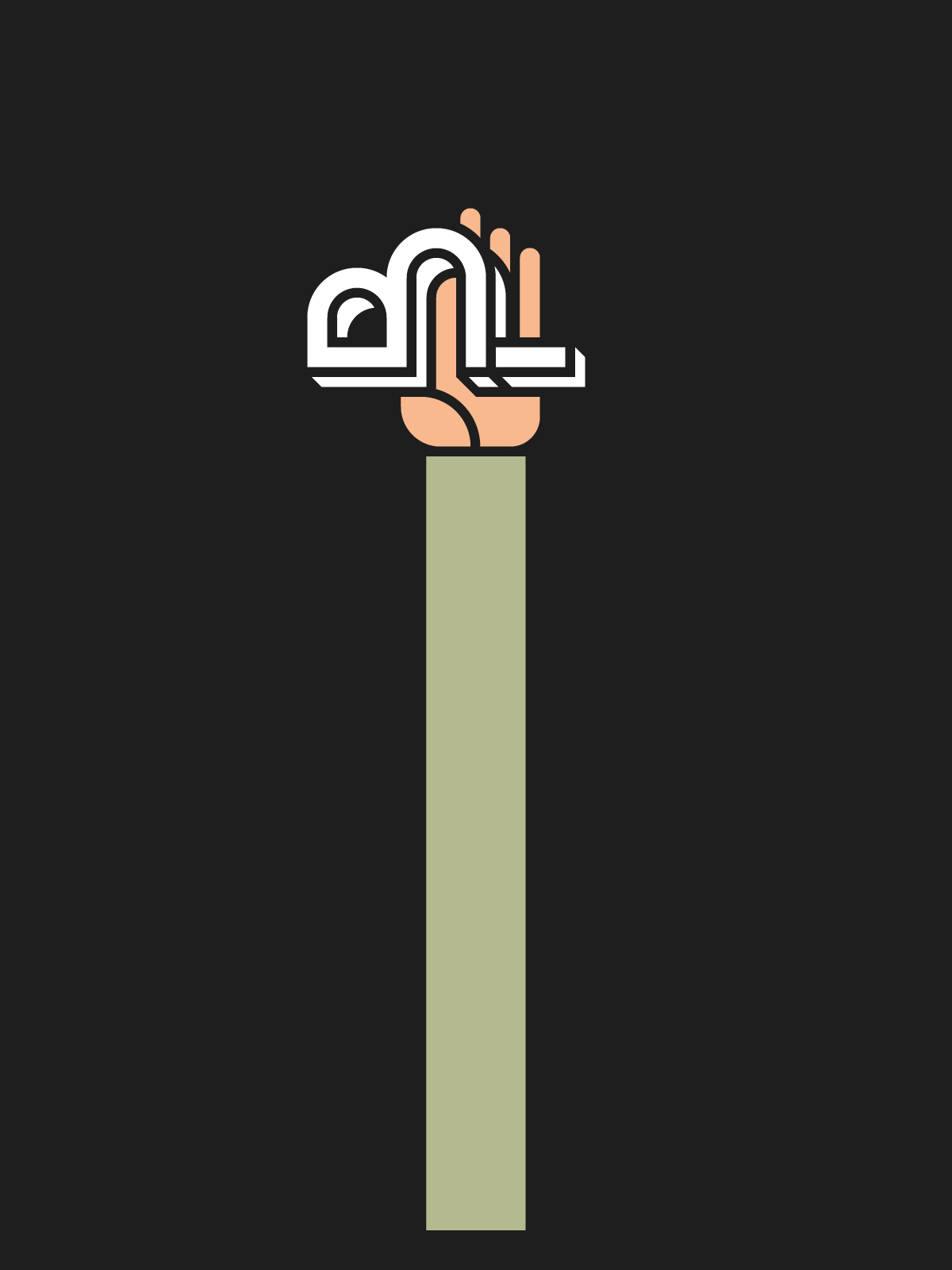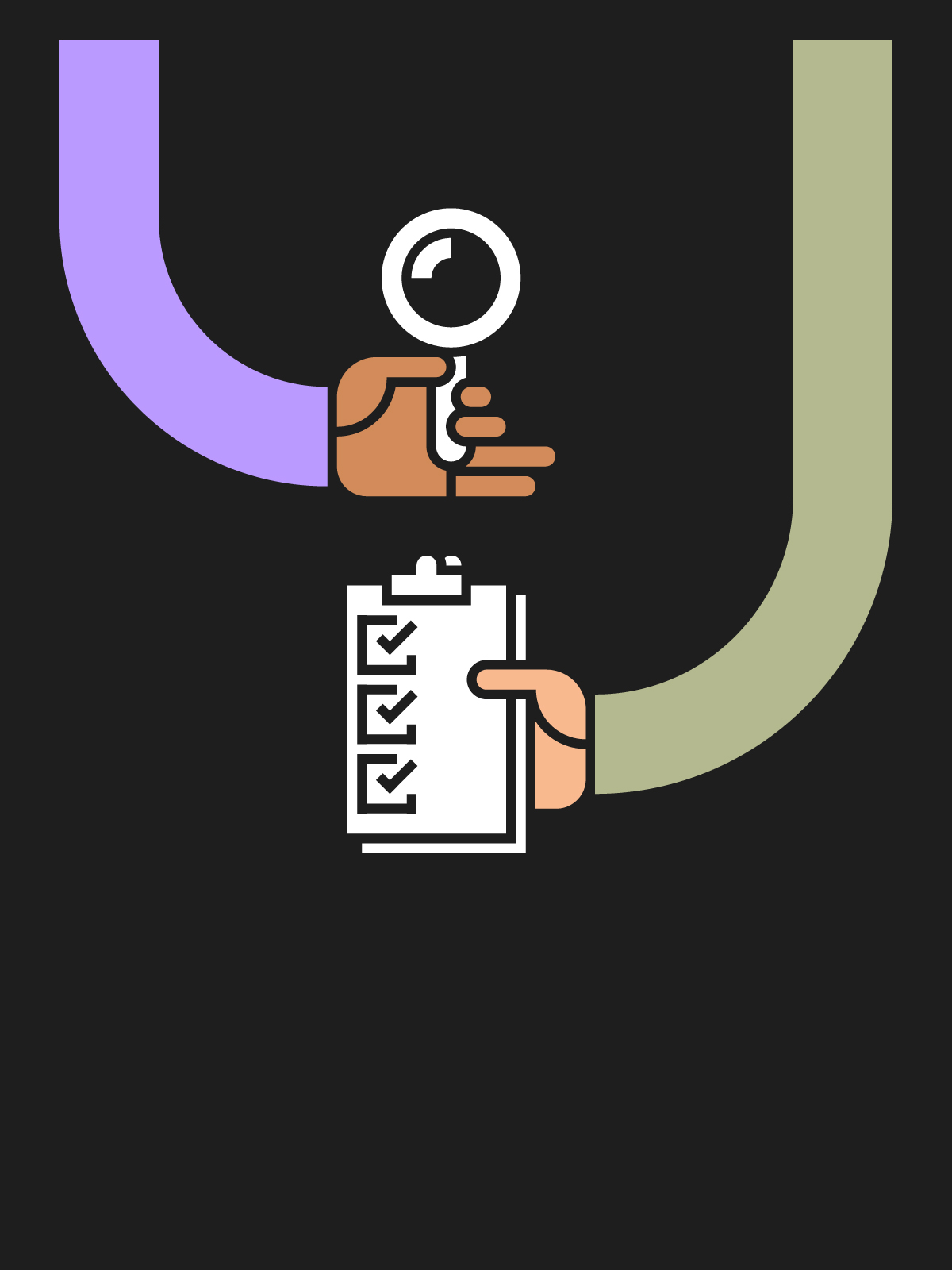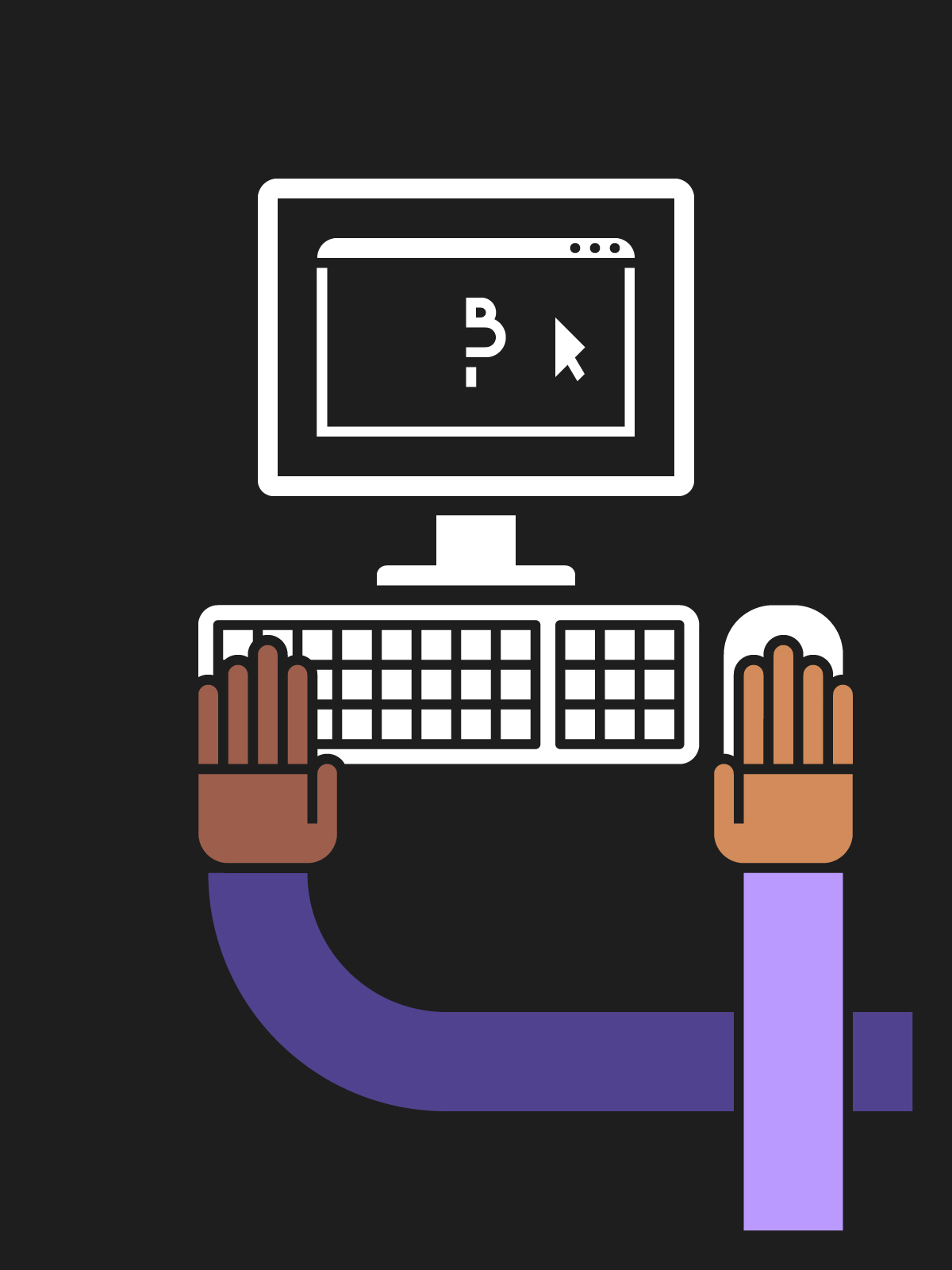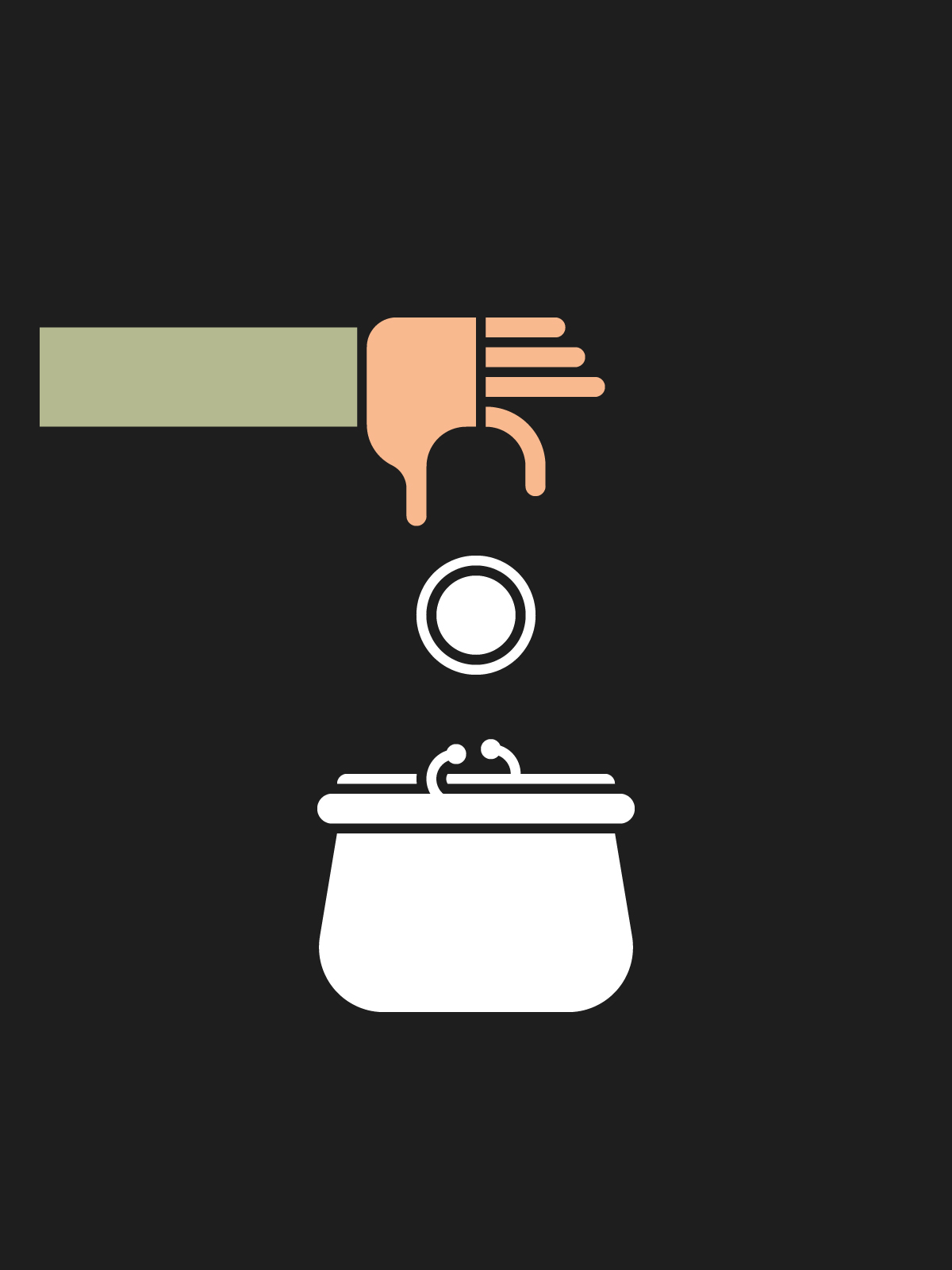You have overcome the hurdles of selecting the right branding partner, done all the necessary planning and agreed the budget. You are now all set to begin your branding project and shape the new direction for your company!
These are exciting times and whether you are anxiously making your first baby steps or confidently forging ahead, it’s good to be aware of the factors that can affect your experience during the project. We’ve put together 5 common hiccups that can cause small to major distractions to creative processes.
1. Unrealistic expectations
One issue that can disrupt the branding process right at the start is having unrealistic or unclear ideas about what the project can deliver. There are two elements to this:
- Tangible aspects of the project such as the deliverables (e.g. brand positioning document, visual identity etc.) These can be clearly pinned down early on, including how many rounds of amends are accepted and the extent of these amends.
- Intangible aspects such as the impact of branding on business performance. A good branding partner will do everything they can to maximise the positive effects of branding on your business by carefully considering its implications during the branding process.
It’s essential to set out all expectations right at the beginning before signing any paperwork and stay aligned on them after the project begun. Make sure both parties are aware of what is expected from them at every stage of the project to avoid disappointment.
In our article about the branding process, we explain the most important steps in detail.
2. Lack of commitment
Branding is not an exercise that should be rushed, so ensure you have the time, capacity and energy to see a project through before investing in it. It’s important to have faith that your brand will be a success, and you will need to be committed to this belief throughout the process. This might seem obvious, but we’ve met people set on changing the world with their grand business concept one minute, but then giving up on their idea half-way through the creation of their brand.
Then there are the people who sign up for a branding project seeking change, but then run back to the safety net of their familiar old habits when change starts to happen. Any change can feel scary, but if you didn’t need change, you wouldn’t be embarking on a branding project in the first place. A good branding partner will know how to protect your business’ interests, so you’ve got to have the guts to go through with your new brand.
Stand up for it and believe in it just as much as you believe in your business concept.
3. Budget creeping
It’s natural to have fears about overspending, especially when you are making considerable financial commitments to your branding. These fears are often based on negative experiences with agencies in the past who bill for their work by the hour rather than committing to fixed budgets. We mentioned having an agreement on the budget in the introduction, however costs can rise if you decide to introduce new elements to your project. Your partner should alert you if work is going beyond the agreed scope, but make sure you also keep project costs in check when you request extra deliverables and changes, and be realistic about how far you can stretch.
Just like unrealistic expectations, budget creeping can be avoided with good planning, clear costing and an agreement signed at the beginning of the project.
If you are unsure about how to start planning your costs, you might find our budgeting for branding article helpful.
4. Creative differences
It’s probably one of the trickiest challenges faced during a creative project when the two parties involved have different visions of the brand they are trying to improve. The research and strategy phases of the branding process are designed to make sure these visions are aligned as closely as possible, but situations where the visual identity created doesn’t meet the demands of the client can still arise.
What happens when you are almost finished with the project and you don’t feel the designs bring your idea to life in the way you’d hoped?
There are three ways to tackle this problem:
- Look for improvements that can be made to the solution presented to you and ask the designer to craft the designs further. The earlier you voice any concerns, the better. A couple of rounds of amends are normally part of the project anyway, so you should be able to iron out any issues without affecting the overall cost.
- Take it into consideration that you might have preconceptions that are holding you back from accepting a different outcome to the one you were looking for. In this case, let the designs sit with you for a while. It’s not unusual for clients to be unsure about designs when they first see them, but later fall in love with them.
- If you and your branding partner have tried everything and cannot reconcile your creative differences, it is not in either party’s interest to drag a project out without reaching a satisfactory conclusion. Stepping away should only ever be a last resort, but in extreme circumstances you may need to come to an agreement with your branding partner to move on.
Our article choosing the right branding partner explores the foundations of successful collaborations.
5. Being overprotective
A delicate issue that can poison startups and small businesses unfortunately stems from one of their great strengths: the founders or directors not being able to let go.
People who have built their company through blood, sweat and tears often treat their businesses as their babies and this is completely understandable. Being invested in your venture is a powerful driving force but when people become too attached, it can lead to them resisting change of any kind and therefore blocking progress.




